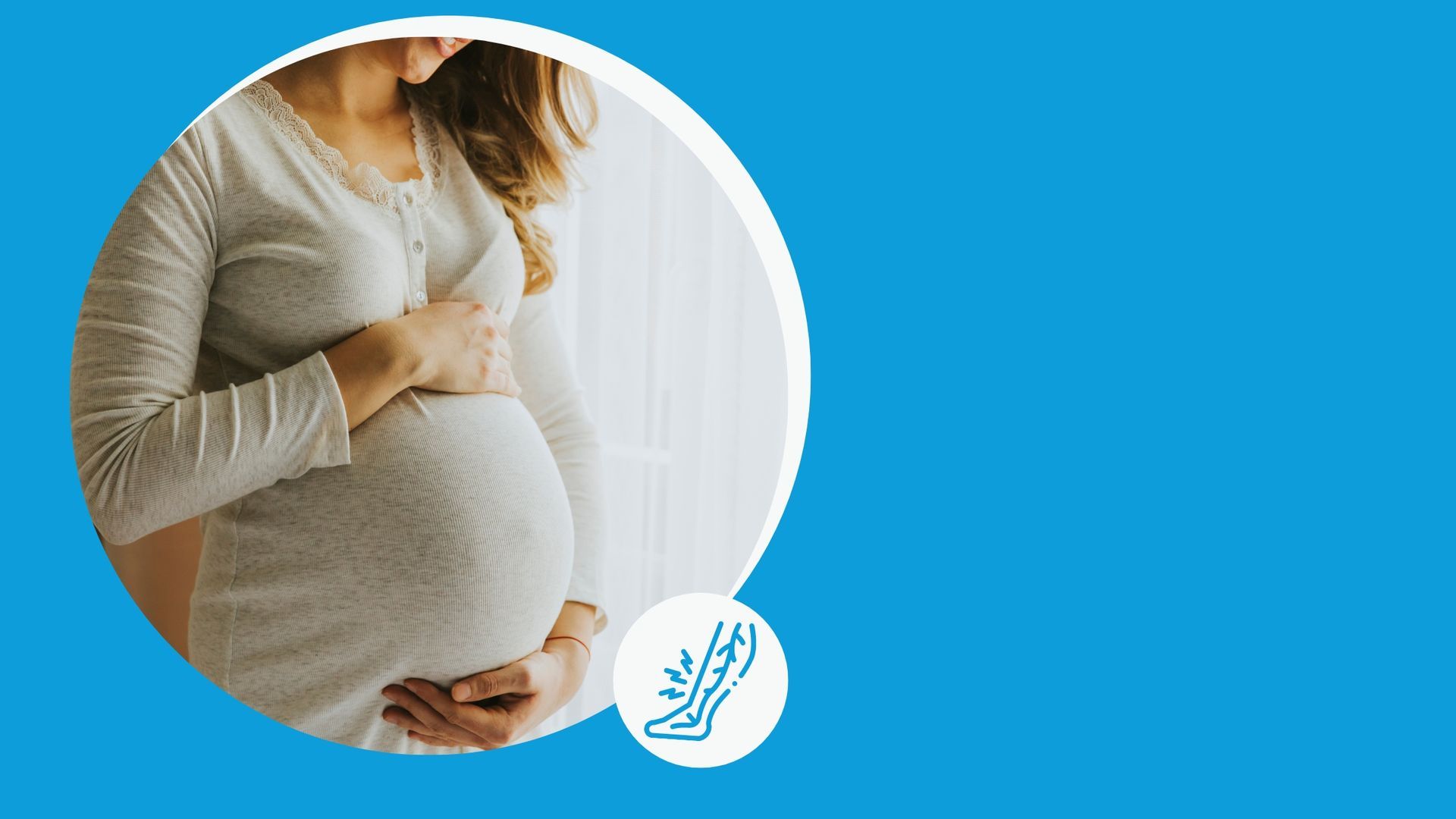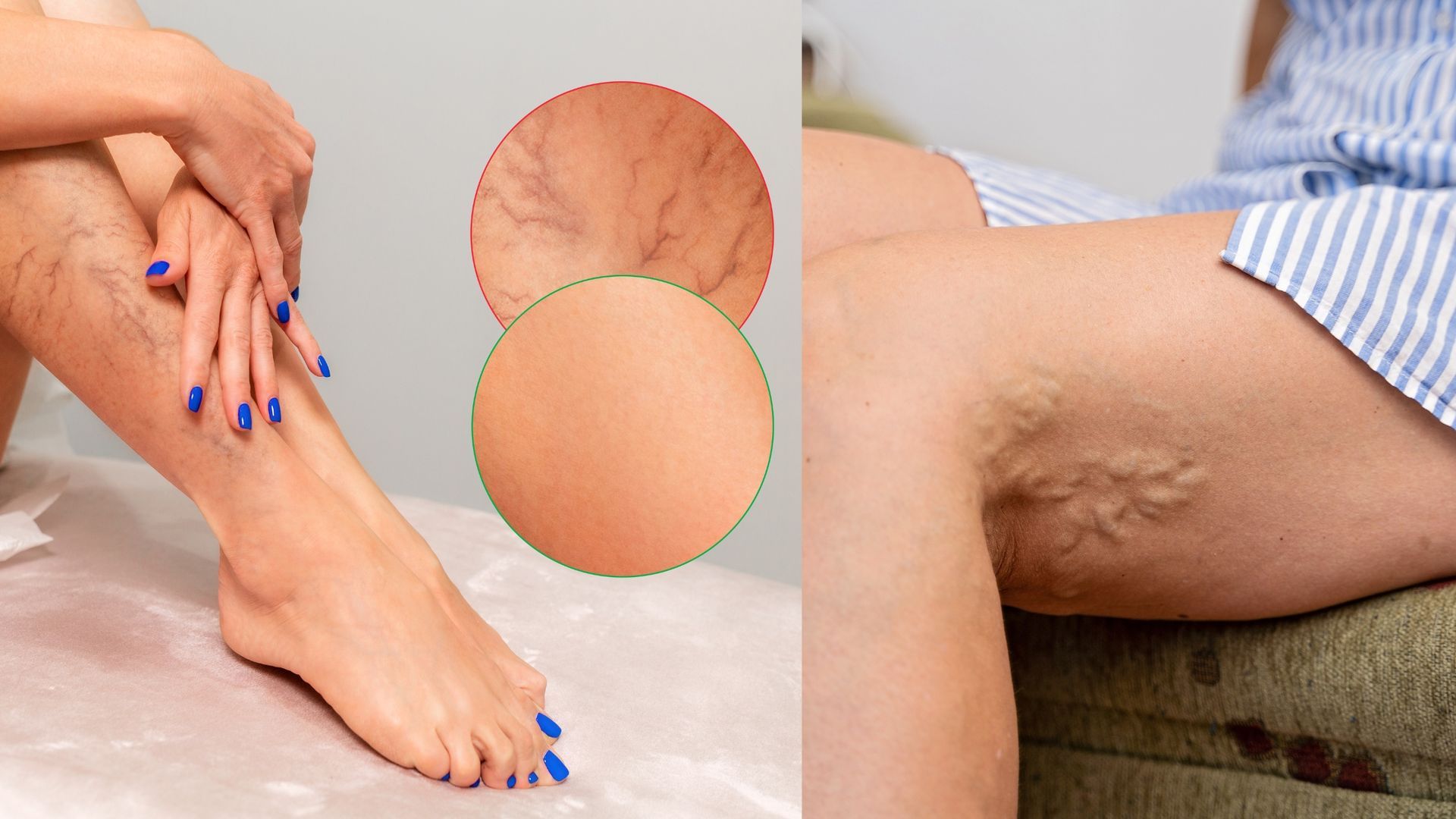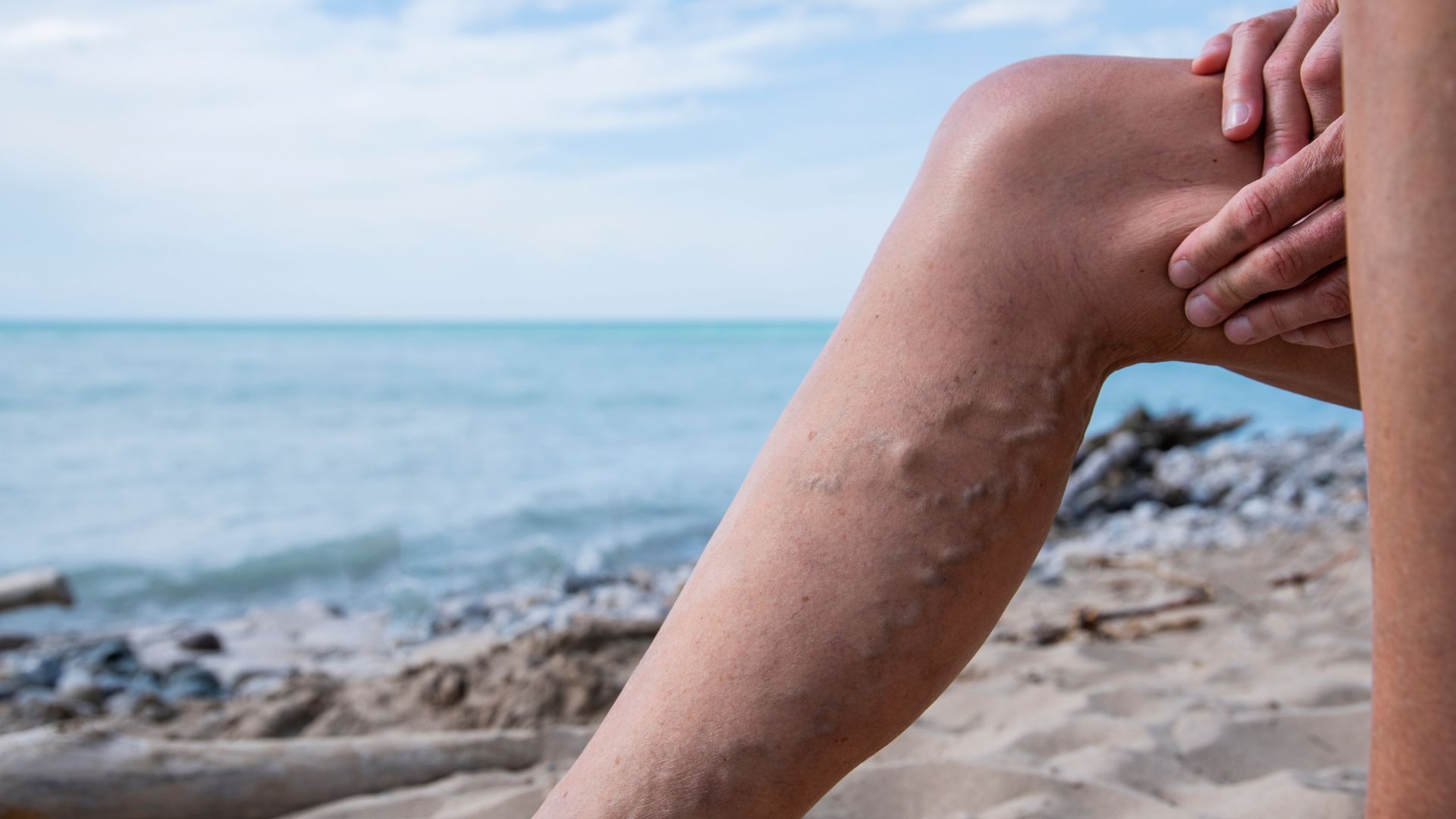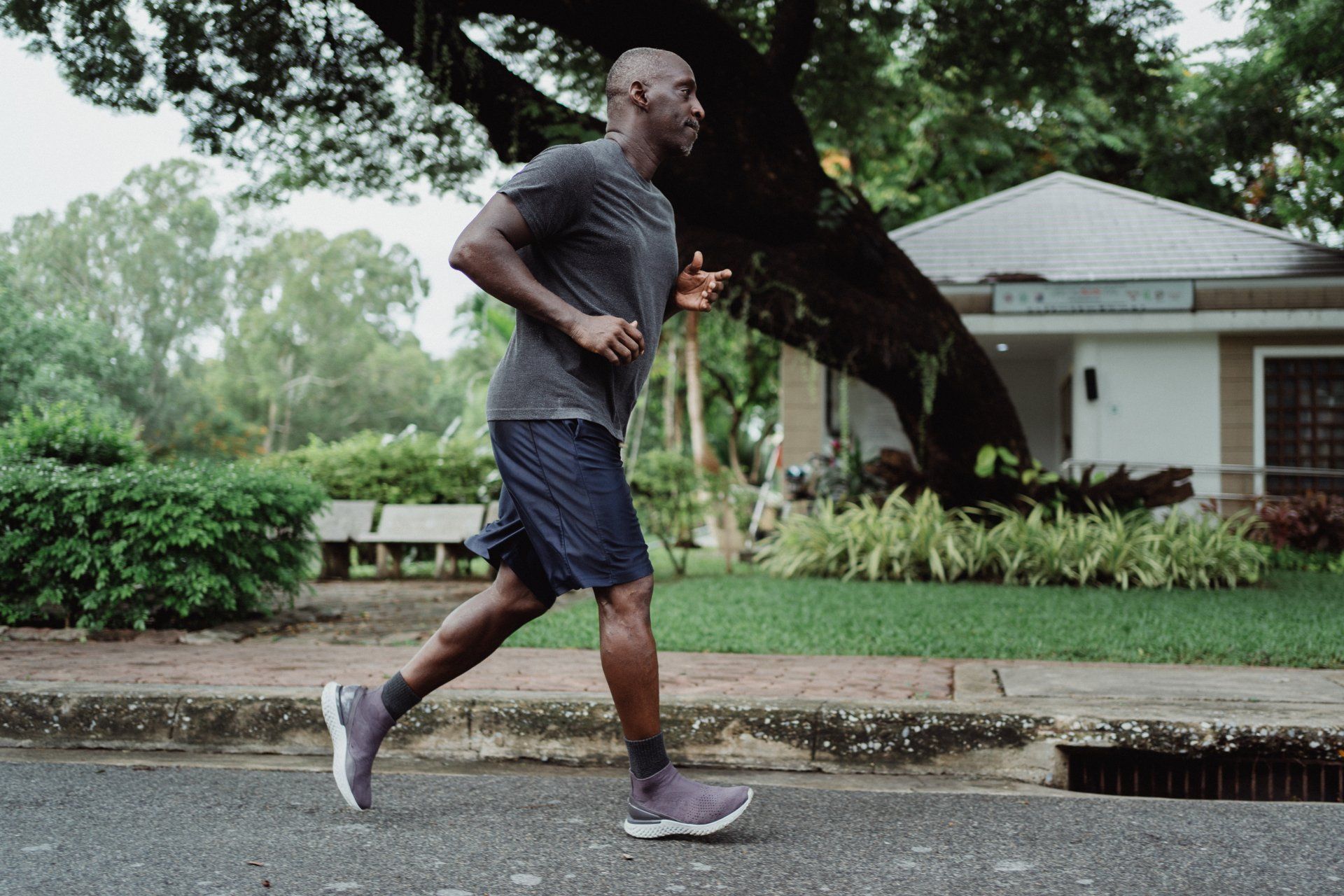Think you may have a vein issue that needs medical attention? We would be happy to have you into our clinic to see if you're a candidate for treatment! Call us anytime to set up an appointment.
4 Easy Ways To Reduce The Chances Of Blood Clots
Avoiding the risks of blood clots is something almost anyone can do with a little planning and determination. Understanding what they are, and how to adjust your habits can go a long way in helping to protect yourself.
The Seriousness Of Blood Clots
Regardless of where they are in the body, blood clots can be a deadly issue. But with a little effort and education, many folks can help avoid them and keep them from developing into a big problem if they do occur.
But what is a blood clot? Believe it or not, the cause of blood clots is a very natural process that we would die without. When you get a cut or there is damage to a blood vessel, clotting is the body's response in order to "patch" the injury so that you can begin healing. If the platelets in our blood didn't begin to stack together and mix with other compounds to coagulate, even a simple kitchen knife cut could result in lethal amounts of blood-loss.
However, if the blood begins to clot inside your vessels in the absence of an injury, it can become a dangerous problem. Clots in the legs (also referred to as Deep Vein Thrombosis, or DVT) can be uncomfortable and cause swelling. This may seem harmless, but if the clot breaks free and makes its way into the lungs, brain, or heart it becomes a potentially life-threatening medical emergency.
These are some of the most common symptoms of blood clots:
- Chest pain
- Labored or painful breathing
- Numbness or loss of control in the legs, arms, or face
- Swelling or redness
- Changes in vision
- Slurred speech or the inability to speak normally
Natural Ways To Help Prevent Blood Clots
Exercise
Regular physical activity is one of the most important things you can do not only for your overall health, but to help reduce the risk of blood clots. Incorporating even just 15-20 minute walks into your day can greatly improve your mood while promoting good circulation.
Also, those who work in a seated position may want to make a point to get up every hour and move around. This helps keep blood from pooling in your legs and will help clear your mind.
Maintain a healthy body weight
A big factor in blood clotting is excessive weight gain. Having additional fat tissue creates pressure in your body that promotes blood clots. You'll want to speak with your doctor about the best steps to take to lose weight, and what your ideal weight is. But it can help with a large number of other risks as well while improving your quality of life.
Stay hydrated
Drinking an ample amount of water each day is vital for a healthy life. It can also be helpful for reducing the risk of blood clots. Experts recommend 15.5 cups per day for men, and 11.5 a day for women. If you are involved in rigorous exercise or physical work, you may want to increase that number.
Elevate the legs during sleep
To prevent clots during the night while we are not active, most doctors recommend keeping your legs elevated as you sleep. It doesn't have to be anything too extreme. Simply placing a pillow under your feet and legs at night can be enough to promote healthy circulation. Ask your doctor if there are any specific pillows that may work best for your situation.
The content of this article is intended strictly for educational purposes and not medical advice. You should speak with your doctor before making lifestyle changes or starting a new exercise routine.
Articles











